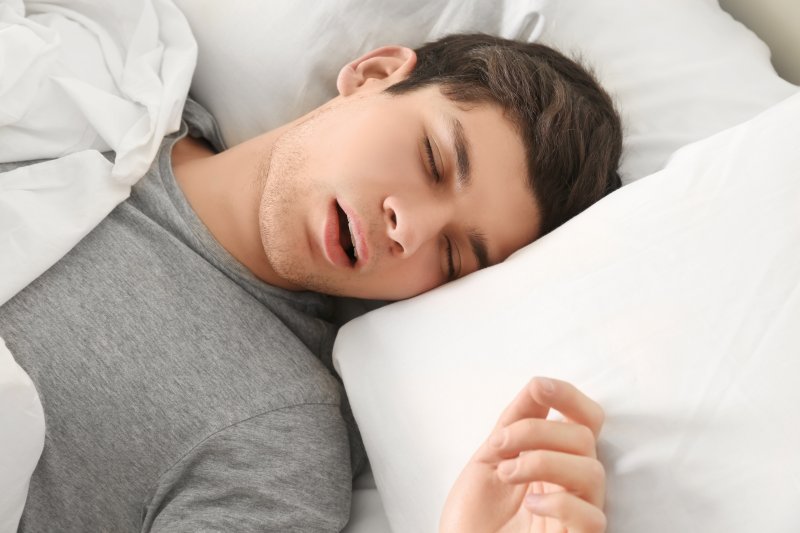
If you were to ask someone 50 years ago if phones and watches would be able to detect potential health problems, you probably would have been met with a laugh. However, fast-forward to 2023, and new products are popping up on shelves that are not only helping to mitigate serious health complications, but their size makes them easy to wear on your finger or wrist. If you are curious as to why you may be struggling to get the sleep you need, read on to find out more about the wearables that are now being used to help detect sleep apnea.
What Symptoms are Associated with Sleep Apnea?
Patients who struggle with sleep apnea often experience one or more of the following symptoms:
- Loud, chronic snoring
- Frequent morning headaches
- Dry mouth
- Mouth breathing
- Choking or gasping for air throughout the night
- Chronic fatigue
- Moodiness
- Lack of focus
- Loss of libido
How is Sleep Apnea Commonly Detected?
Knowing whether a person has sleep apnea is usually not confirmed until a sleep test is performed. This can be completed at home or in a lab, where a device or sensors capture data based on the brain, heart, and respiratory system. A doctor must then analyze the information to determine if sleep apnea does exist.
However, technological advancements are now making it easier than ever to track sleep patterns thanks to wearable devices.
What Kind of Wearable Devices Are Available?
One of the most high-quality and cost-effective devices is the circul+ Smart Ring. Worn on an individual’s finger, it is adjustable and designed to track a person’s blood oxygenation and heart rate. With a downloadable app for patients to use, it offers suggestions to help improve overall health and well-being by measuring steps, calories burned, sleep patterns (i.e., REM, light and deep sleep, etc.), blood oxygen levels, and skin temperature while asleep.
What makes this device even more beneficial is that the individual can download and print out necessary data to share with a physician or sleep doctor when discussing the possibility of sleep apnea.
Another popular device that is more commonly used is a smartwatch. Although not approved by the FDA as a way to diagnose sleep apnea, it does have contact sensors that can monitor your sleep patterns and heart activity.
Tracking a person’s blood oxygen levels, heart rate, respiratory rate, and temperature, apps found on smartwatches such as “Sleep” can denote whether an individual is awake or asleep for proper monitoring.
While wearable devices can be helpful tools that individuals can use to monitor various aspects of their health, it is strongly recommended that if sleep apnea is a concern, a professional sleep study be performed. It is through this method that appropriate steps can be taken to address the problem and create a safe and effective treatment plan.
About the Author
Do you suffer from sleep apnea? Dr. Shelley Shults is a board-certified registered nurse, general dentist, family nurse practitioner, and dental sleep medicine practitioner who wants to help. Leading a team of professionals at Powell Dental Sleep Solutions, she uses advanced technology and treatments to help patients get the rest they need while embracing life to its fullest. If you want to sleep better, contact us at (614) 396-9310.
